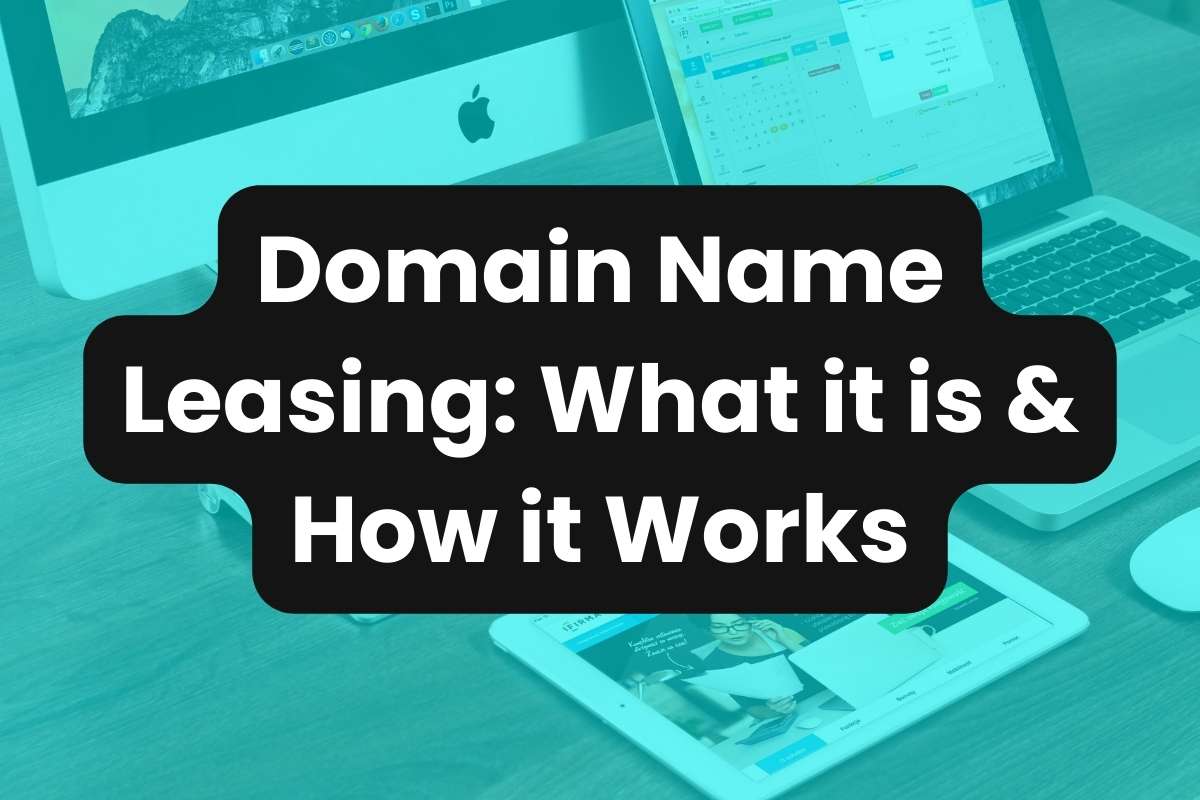Domain name leasing offers a cost-effective alternative, allowing businesses and individuals to use a premium domain without the hefty upfront costs. This article explores what domain name leasing involves, its advantages and disadvantages, where you can lease a domain, and how to go about leasing one yourself.
What is Domain Name Leasing?
Domain name leasing is the process where a domain owner rents out the use of the domain to a lessee for a predetermined period.
Much like leasing a car or an apartment, the lessee gains the right to use the domain name for their website or email without owning it outright.
This arrangement is typically governed by a contract that specifies the lease duration, renewal options, and payment terms.
Can You Lease a Domain Name?
Yes, anyone can lease a domain name provided they agree to the terms set by the domain owner.
This process is facilitated by various domain leasing platforms or can be arranged directly between the domain owner and the prospective lessee.
Leasing is often pursued by startups and businesses looking to establish a robust online presence with a premium domain without immediately committing a large sum of money.
Pros and Cons of Domain Leasing
Pros:
- Cost-Effective: Reduces upfront expenditures.
- Access to Premium Domains: Enables the use of high-value domains that may otherwise be unaffordable.
- Flexibility: Leases can typically be renegotiated or extended, providing flexibility as business needs change.
Cons:
- Ongoing Cost: Can be more expensive in the long run.
- No Ownership: The lessee does not own the domain and must renew the lease to continue using it.
- Potential for Terms to Change: Depending on the lease agreement, the owner may change terms or decide not to renew.
Domain Leasing Platforms
Several platforms facilitate domain leasing, including:
- Efty: Offers a marketplace specifically for selling and leasing domains.
- Venture: Provides a domain leasing service alongside traditional purchases.
- Dan: Specializes in seamless transactions, including domain leasing options.
How to Lease a Domain Name
Here’s how to proceed with a domain name lease:
- Identify a Desired Domain: Start by identifying available domains that fit your business’s needs. Use tools like GoDaddy, Namecheap, or the platforms mentioned above.
- Contact the Owner: If using a platform, you can usually negotiate directly through the platform. Otherwise, contact the owner directly if the domain is not listed on a leasing site.
- Negotiate Terms: Discuss the terms of the lease, including duration, monthly payments, and any clauses about future purchases.
- Draft a Lease Agreement: It’s advisable to draft a formal agreement outlining all terms, signed by both parties. This protects both the lessee and the lessor during the lease period.
- Set Up Payments: Arrange for regular payments in accordance with the agreement.
Summary
Domain name leasing is a practical solution for those needing a high-quality domain without the high upfront cost. By understanding the intricacies of how domain leasing works and where to find suitable domains, businesses can leverage this strategy to boost their online presence while managing financial flexibility.


